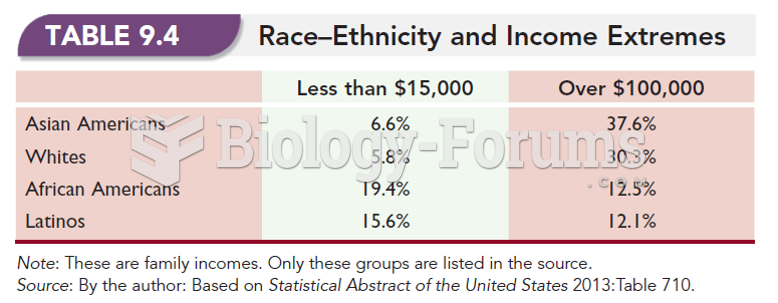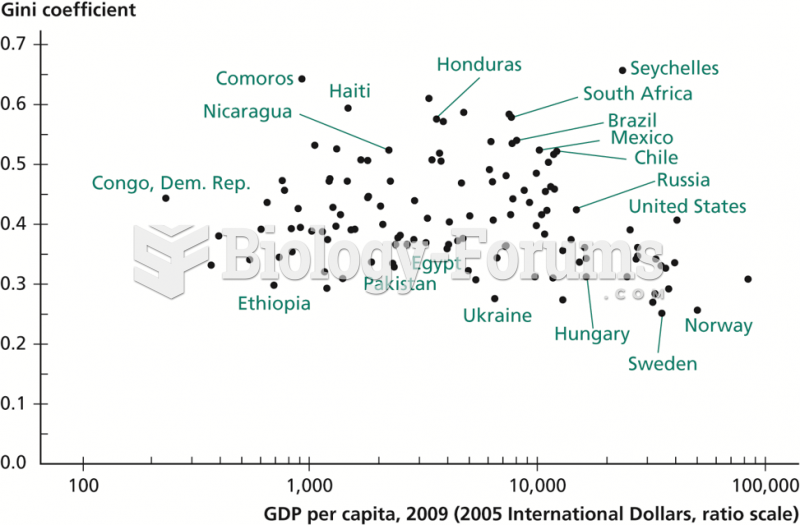This topic contains a solution. Click here to go to the answer
|
|
|
Did you know?
The eye muscles are the most active muscles in the whole body. The external muscles that move the eyes are the strongest muscles in the human body for the job they have to do. They are 100 times more powerful than they need to be.
Did you know?
Cyanide works by making the human body unable to use oxygen.
Did you know?
More than 34,000 trademarked medication names and more than 10,000 generic medication names are in use in the United States.
Did you know?
In 1864, the first barbiturate (barbituric acid) was synthesized.
Did you know?
There are 20 feet of blood vessels in each square inch of human skin.







